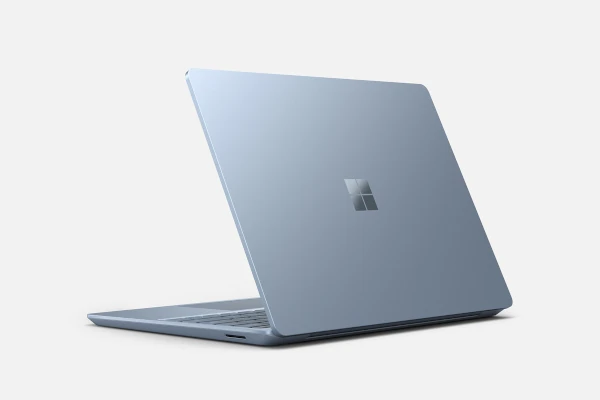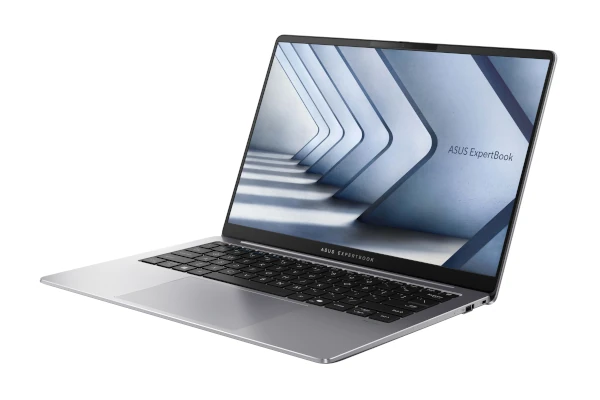Gartner, Inc. recently announced that since 2012, PC shipments have steadily decreased annually. In the year 2016, a total of 269.7 million PC units were shipped, a 6.2 percent decrease from the previous year, 2015. In the fourth quarter of 2016, a decrease of 72.6 million PC units were shipped worldwide, which is a 3.7 percent decline in the 2015 fourth quarter.
The main explanation of the PC shipment slowdown:
“‘Stagnation in the PC market continued into the fourth quarter of 2016 as holiday sales were generally weak due to the fundamental change in PC buying behavior,’ said Mikako Kitagawa, principal analyst at Gartner”.
What exactly is this “fundamental change in PC buying behavior?” Innovative ideas (2-in-1s and thin and light notebooks), as well as technology improvements, such as longer battery life have not improved overall market growth despite the supply of “engaged PC users”.
The influx of smartphone users has lengthened PC usage for a longer period of time- “where PCs are infrequently used.” A bright spot in this analysis is that “engaged PC user market, the business market and gaming” will increase demand for PCs, but overall, the PC market will continue to decline until next year.
As for the preliminary worldwide PC vendor unit shipment estimates for fourth quarter 2016, PC vendor, Lenovo was first in PC shipments, HP was second and Dell was third. For the preliminary U.S. PC vendor unit shipment estimates for fourth quarter 2016, this time in PC shipments, HP was first, Dell was second and Lenovo third.
Finally, Preliminary worldwide PC vendor unit shipment estimates for 2016 were similar in rank to the fourth quarter 2016 figures, Lenovo, HP and Dell respectively. Yet despite the PC slowdown, “2016 shipment totals were at the same levels as shipments in 2007.” For further 2016 PC shipment information go to marked fifth consecutive year of worldwide PC shipment decline analysis




